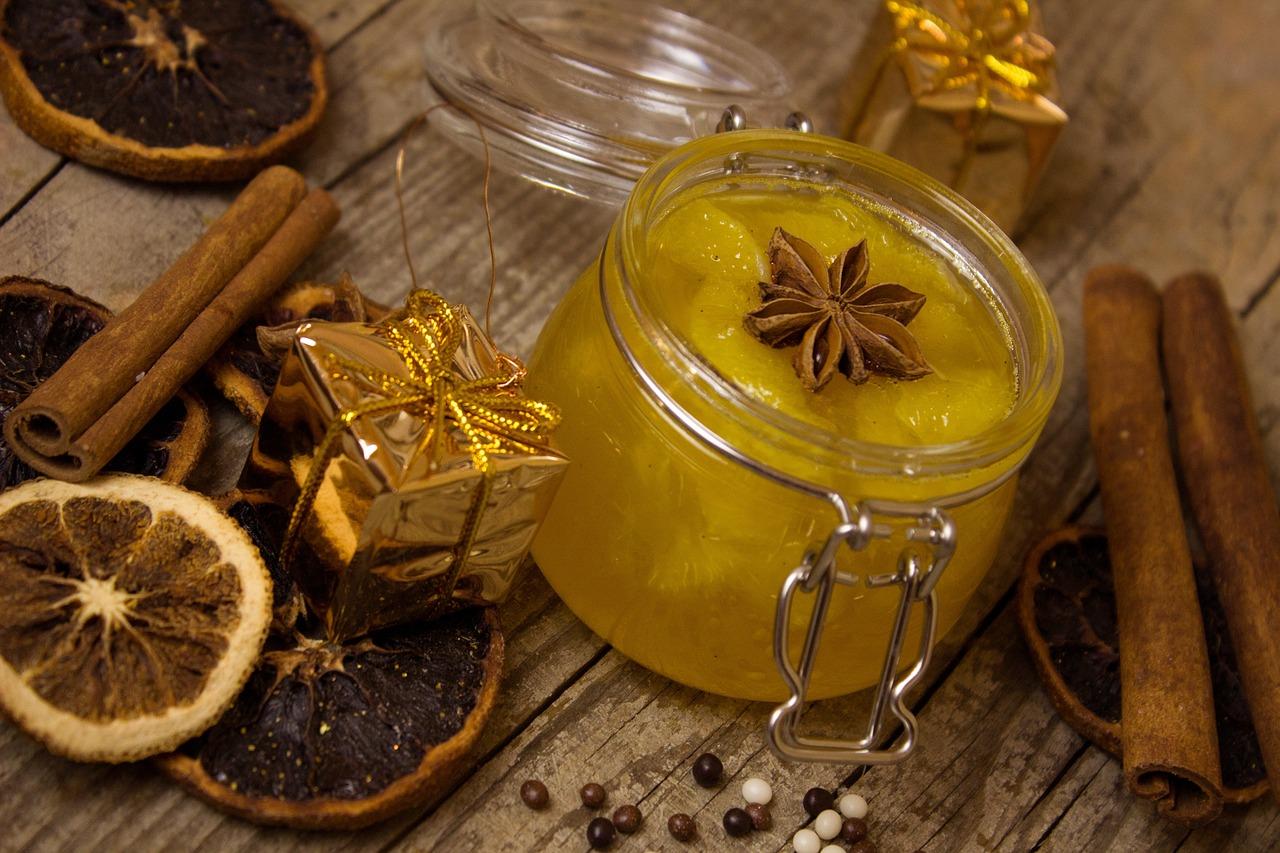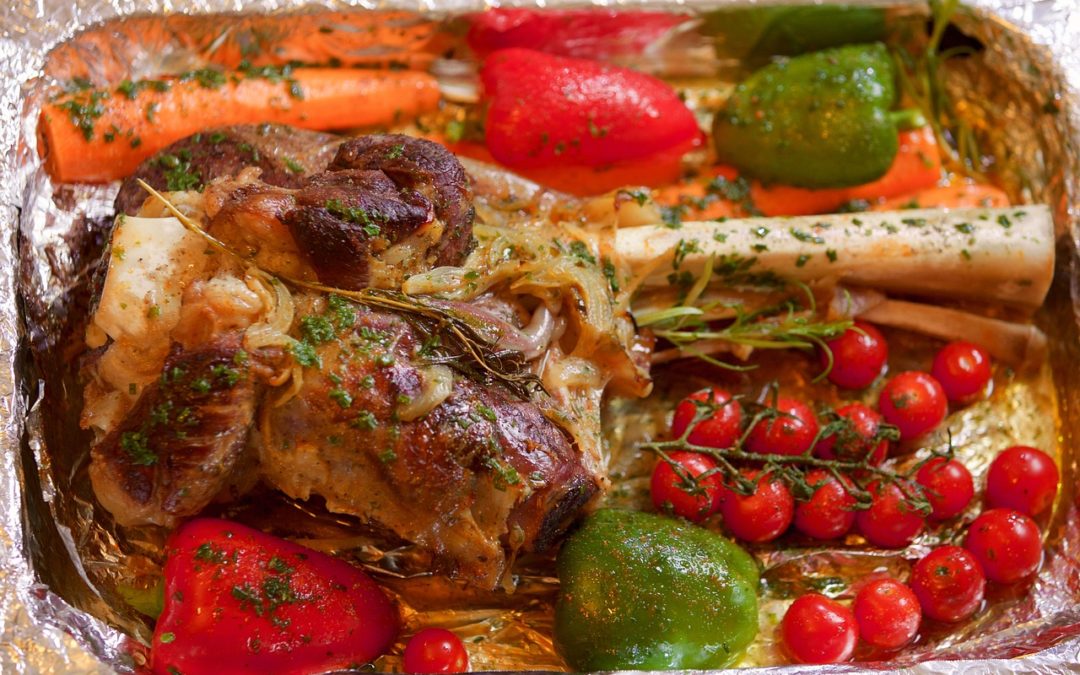Easter lunch during World War I would have likely been a simpler meal than in peacetime due to food shortages and rationing. Many people may have had to make do with whatever food they had on hand or could obtain through rationing.
In some areas, people may have been able to obtain meat, such as lamb or pork, to serve as the centerpiece of the meal. However, meat was often in short supply and expensive due to the war, so it may not have been widely available. Other common foods that may have been served at Easter lunch during WWI include vegetables, such as potatoes, carrots, and peas, and grains, such as bread and pasta.
Some people may have also been able to obtain eggs to celebrate Easter. These could have been served hard-boiled as a traditional Easter food, or used in dishes like omelettes or frittatas.
It’s worth noting that the food available and eaten at Easter lunch during WWI would have varied greatly depending on the location and the individual’s access to food. In some areas, people may have had to rely on alternative sources of food, such as foraged plants or vegetables grown in home gardens, due to shortages caused by the war.
Here is a simple recipe for preparing lamb:
Roasted Lamb with Garlic and Rosemary
Ingredients:
- 1 leg of lamb (about 3-4 lbs)
- 4-6 garlic cloves, minced
- 2 tablespoons fresh rosemary, chopped
- Salt and pepper, to taste
- Olive oil
Instructions:
- Preheat your oven to 425°F (220°C).
- Place the lamb in a roasting pan and season it with salt and pepper on all sides.
- In a small bowl, mix together the minced garlic and chopped rosemary. Rub the mixture all over the surface of the lamb.
- Drizzle the lamb with a little bit of olive oil and use your hands to rub it in and coat the surface evenly.
- Roast the lamb in the preheated oven for about 20 minutes per pound, or until it reaches an internal temperature of 135-140°F (57-60°C) for medium-rare. (If you prefer your lamb more well-done, cook it to an internal temperature of 145-150°F (63-66°C).)
- Remove the lamb from the oven and let it rest for 10-15 minutes before slicing and serving.
There are many delicious desserts that would pair well with lamb at a meal. Here are a few ideas:
- Fruit-based desserts: Lamb goes well with fruit-based desserts, such as a fruit tart, fruit crumble, or a fruit compote. You could also serve a fruit salad or a fruit platter as a refreshing and light ending to the meal.
- Puddings and custards: Creamy puddings and custards, such as rice pudding, tapioca pudding, or creme caramel, can be a great match for lamb. These desserts are rich and smooth, and they can help to balance out the savory flavors of the lamb.
- Chocolate desserts: Chocolate desserts, such as chocolate mousse, chocolate truffles, or chocolate cake, can also be a good choice to pair with lamb. The richness of the chocolate can help to cut through the richness of the lamb and provide a satisfying finish to the meal.
- Cheesecake: A classic cheesecake can be a delicious way to end a lamb-based meal. The creamy texture and tangy flavor of the cheesecake can provide a nice contrast to the richness of the lamb.
Ultimately, the best dessert to serve with lamb will depend on your personal preferences and the flavors of the lamb dish. Experiment and have fun trying out different dessert options to find the perfect match for your meal!
Here is a simple recipe for fruit compote:
Fruit Compote
Ingredients:
- 2 cups mixed fresh or frozen fruit (such as berries, peaches, plums, or apricots)
- 1/4 cup sugar
- 1/4 cup water
- 1 cinnamon stick (optional)
- Zest and juice of 1 lemon (optional)
Instructions:
- In a medium saucepan, combine the fruit, sugar, and water. If using, add the cinnamon stick and the lemon zest and juice.
- Bring the mixture to a boil over medium-high heat, stirring occasionally.
- Reduce the heat to low and simmer the fruit mixture until the fruit is tender and the liquid has thickened to a syrup-like consistency, about 10-15 minutes.
- Remove the pan from the heat and discard the cinnamon stick (if using). Let the fruit compote cool to room temperature.
- Serve the compote chille
 d or at room temperature, either as is or over ice cream, yogurt, or pancakes. You can also use it as a topping for waffles, crepes, or toast.
d or at room temperature, either as is or over ice cream, yogurt, or pancakes. You can also use it as a topping for waffles, crepes, or toast.
This recipe makes about 2 cups of fruit compote. You can vary the types and amounts of fruit to suit your taste, and you can adjust the sweetness to your liking by adding more or less sugar. The compote will keep in the refrigerator for up to 1 week. Enjoy!




